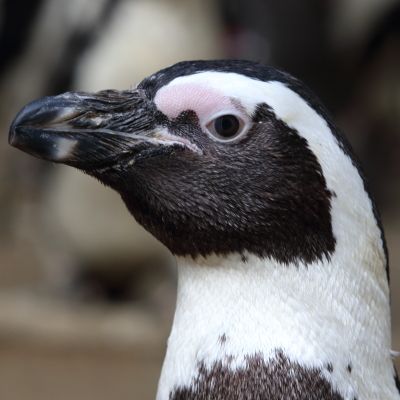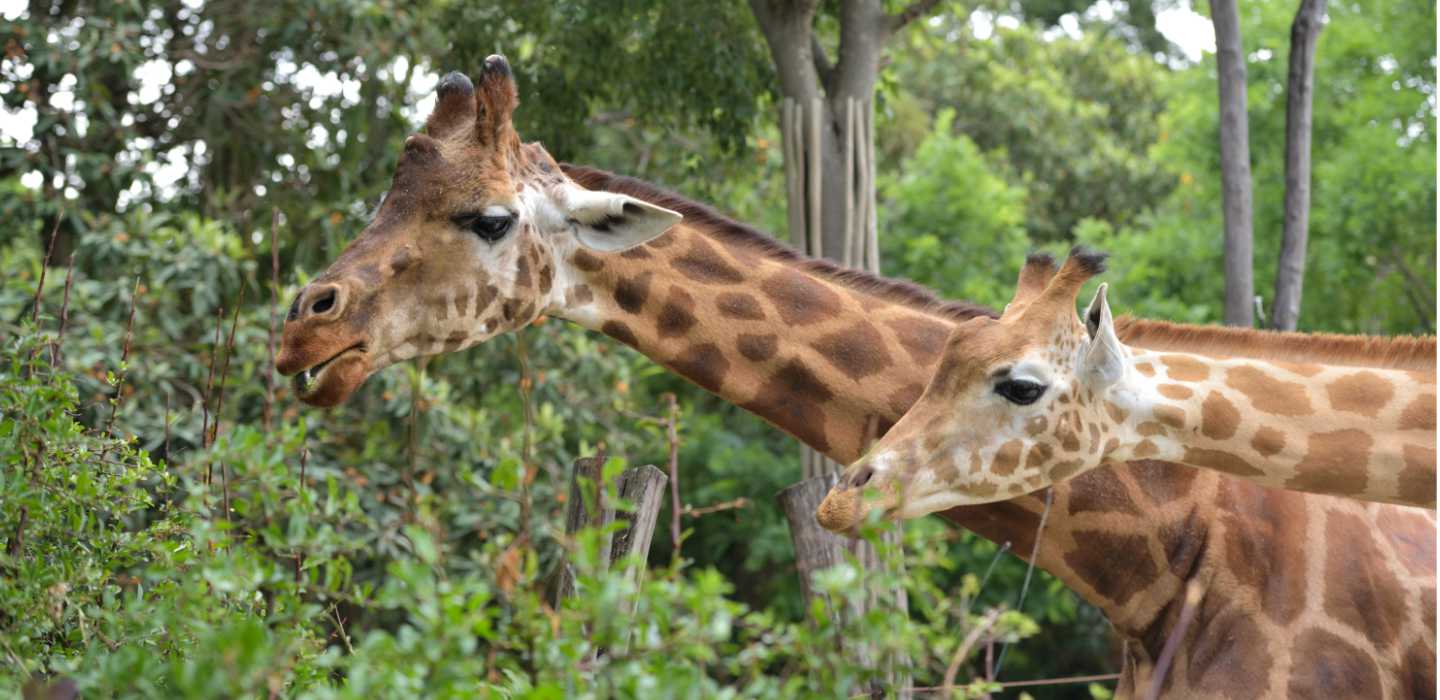
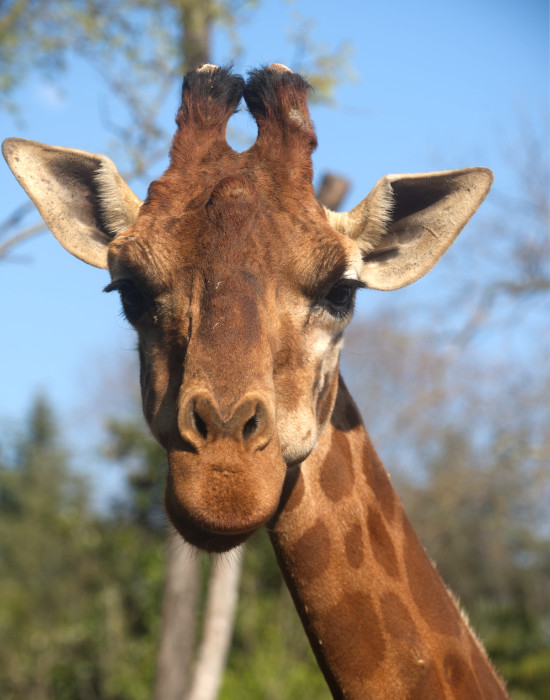


Giraffe
Giraffa camelopardalis
Giraffes have disappeared from West Africa and now survive only south of the Sahara. The main threats they face are habitat loss due to livestock farming and hunting, often in violation of protection laws. Poachers use both the skin and the meat. The consumption of giraffe meat has been increasing, especially in cities in southern Africa—a phenomenon more broadly known as “bushmeat,” which affects many African wildlife species.
IUCN RED LIST
The IUCN (International Union for Conservation of Nature) classifies living species according to criteria that take into account their level of threat of extinction: the Red List is an indispensable tool for coordinating nature conservation actions, a veritable barometer of the health of our Planet.

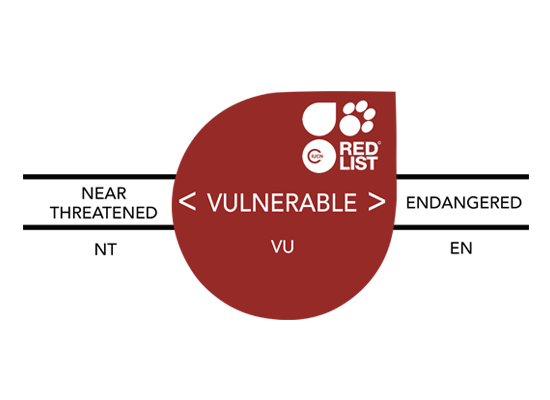


EEP Project
This species is included in EAZA’s (European Association of Zoos and Aquariums) EEP programme for breeding endangered species.
Lives in: South Africa and Namibian islands


How live
Where lives
The giraffe lives in savanna and grassland areas with a high concentration of acacia trees, whose leaves it feeds on.
It primarily feeds on leaves, shoots, and fruits, especially from acacia trees. With its long tongue, it can grasp leaves between the thorns of the plant.
By dispersing the seeds of the plants it consumes, the giraffe plays a crucial role in supporting the growth of savanna vegetation.
Who eats it
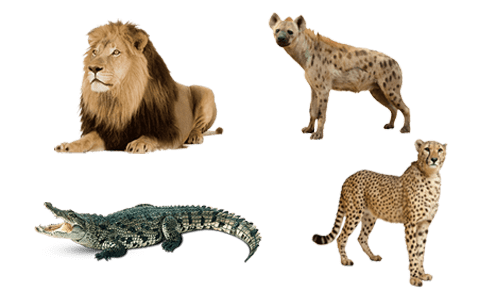
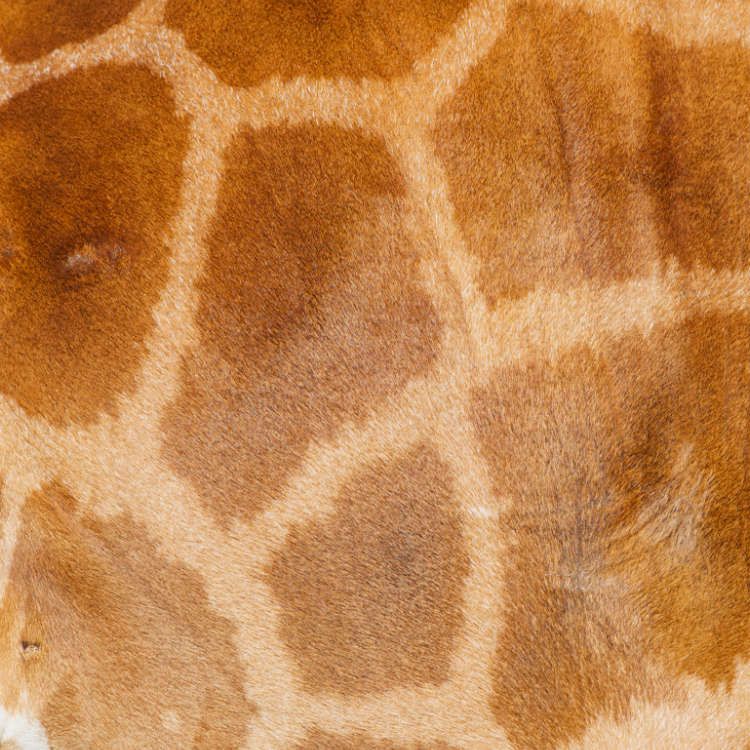

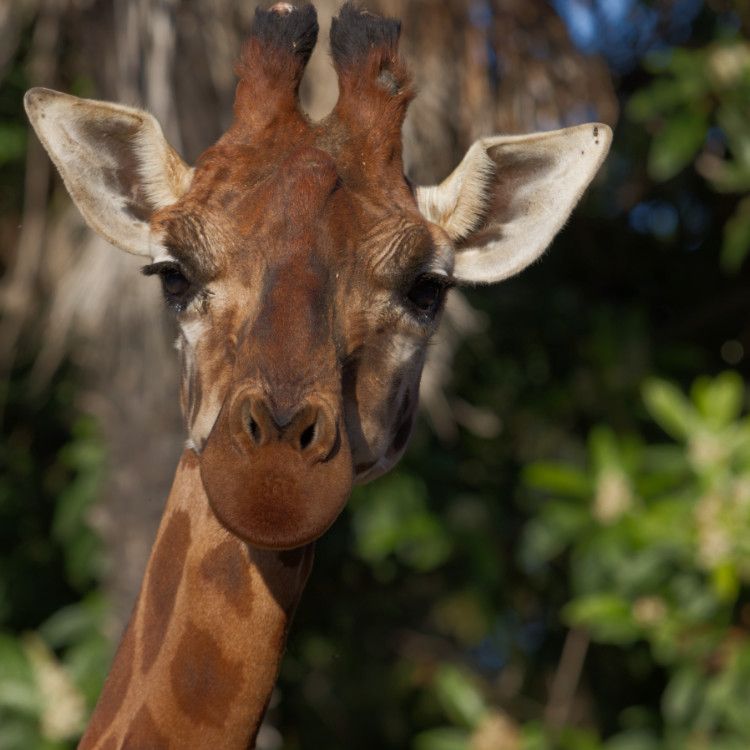
How long does it live?
In the wild, it lives for 10-15 years. In zoos, it can live up to 25 years.
How many son?
Curiosity
When the young are one month old, they are gathered into small groups and carefully looked after by two or three adult females. This allows the mothers to leave safely to feed. When they return, each mother goes to her own calf to nurse it, and it seems that the unique shape and size of their coat patterns help them recognize each other quickly.
Animals living in the same geographical area



Adopt a Giraffe
Se vuoi proteggere le giraffe in natura puoi partecipare alla nostra iniziativa “Adotta una specie” Con i fondi raccolti il GZP finanzia i progetti di conservazione nei Paesi che ospitano le specie minacciate. Grazie al tuo contributo riusciamo a sostenere il lavoro dei ranger che pattugliano le riserve e proteggono la fauna selvatica dalle azioni dei bracconieri, raggiungiamo la popolazione locale con attività di sensibilizzazione sull’importanza di salvaguardare gli habitat naturali, finanziamo la ricerca, primo strumento per avere sempre più informazioni sulle specie e poter così garantire loro un futuro.



